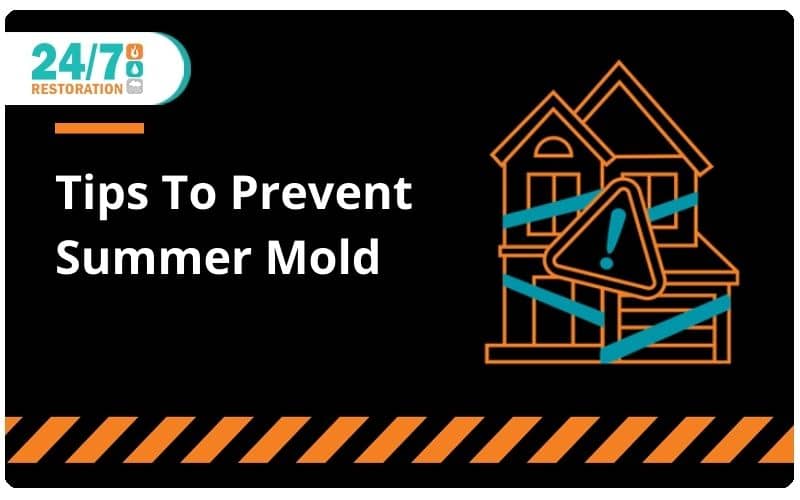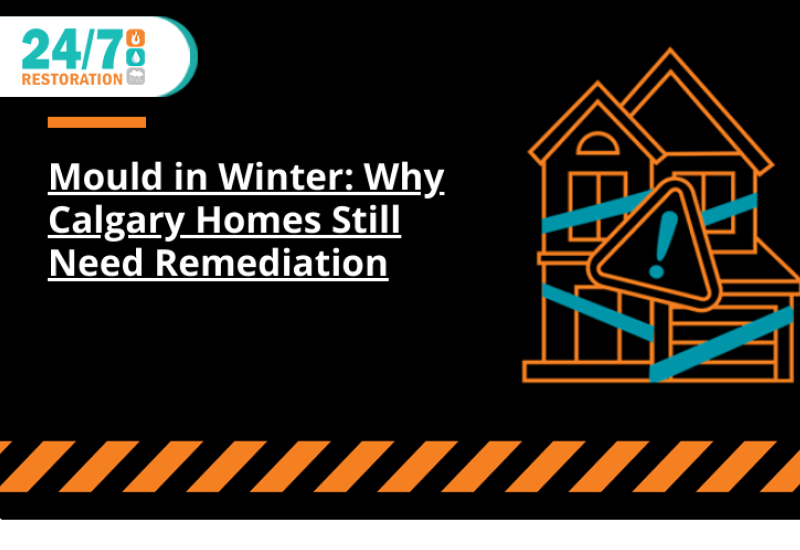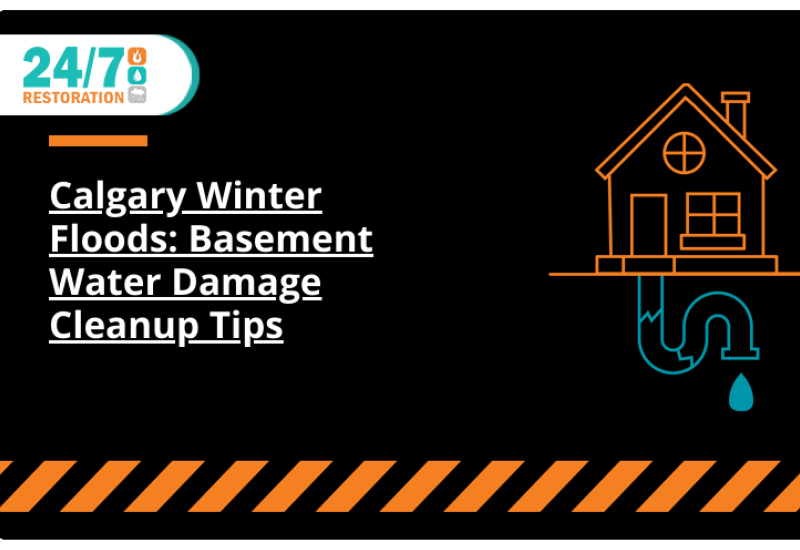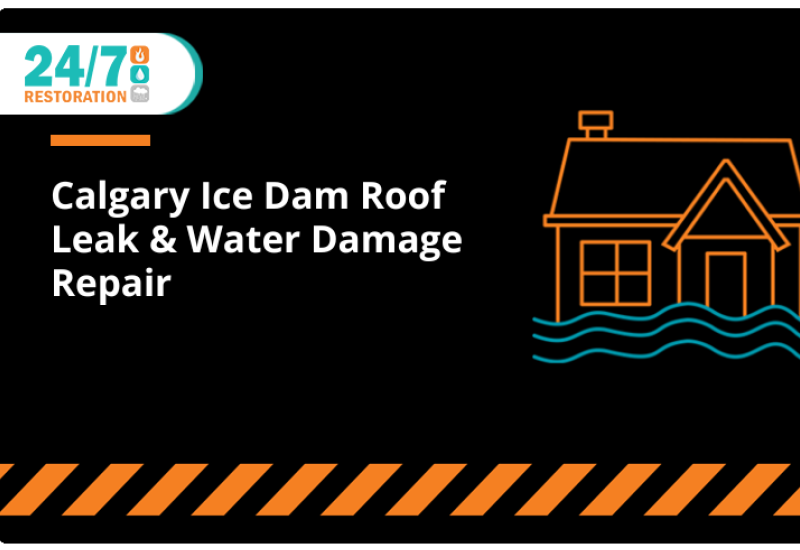3 Tips To Reduce Mold Growth
1. Avoid Moisture Buildup
Mold needs moisture to grow. This makes damp areas especially susceptible to mold development. Humidity levels tend to rise in the summer and can increase the risk for mold growth in general, but areas that are regularly damp, such as the bathroom and kitchen, are more likely to develop mold. Bathrooms tend to get wet not only from the actual water used during showers and baths but from the steam they produce. This water tends to collect on the windows, in towels, in between the folds of the shower curtain, in the bathtub, and under the sink. Avoid moisture build up in these areas by opening your shower curtain, checking for leaks under your sink, spreading out towels to dry and washing them often, turning on the bathroom exhaust fan, and leaving the bathroom door open. If you have windows you can open in the washroom, try to keep them open during the day to let the moisture out. In the kitchen, try to ensure that areas that get wet frequently are dried off. Wipe down counters and the edge of the kitchen sink, check for leaks under your sink, and avoid condensation in the fridge by not opening the fridge door more than necessary.
2. Aid Air Circulation
Air circulation will help keep moisture in the home to a minimum. Fresh air moving through your home will also help to prevent your home from feeling stuffy. When air circulates through the home, it helps to wick away moisture and reduces the risk of mold development. If it’s too hot to open the windows or there isn’t a breeze, try turning on your air conditioner or fans in the home. Not only do you want airflow, you want this air to be cool. As summer heats up, you’ll likely want this cool air for the sake of comfort, but it’s also great for your home.
3. Lower Home Temperatures
Mold growth typically occurs between 25℃ and 30 ℃, so keeping your home below this temperature will make it more comfortable for you and your family while simultaneously reducing your risk of mold growth. Remember that some parts of your home will get warmer than the set temperature so keep an eye on areas such as under sinks, in attics, or areas where windows don’t have coverings and lots of sunlight heats up the room.
Why Mold Prevention Is Important
Mold isn’t only gross to look at, it is actually a hazard. Depending on the type and amount, mold can be dangerous to your health. Some people with allergies or asthma can be affected by mold spores in the air and may feel irritation in the eyes or nose or can suffer from respiratory issues. In severe cases, mold can lead to serious illness. Learn more about the effects of mold by reading Clean Air Day: Mold And Indoor Air Quality.
Mold development is also damaging to your home and possessions. Unlike mildew, mold spores grow inside of the material they feed off of; this means when you see mold growing on your walls or furniture it is inside them. This makes mold very difficult to get rid of and can cause irreparable damage. The best way to avoid these damages is to prevent mold from developing in the first place. If mold does grow inside your home, call a mold remediation cleanup crew to salvage what they can.
Calgary Mold Cleanup
If your home does develop mold, you need complete mold remediation for adequate cleanup. Because mold spores are tiny and spread easily, if mold isn’t thoroughly remediated it can quickly come back. For thorough and complete mold cleanup, contact 24/7 Restoration in Calgary. Our team of mold remediation specialists are equipped for cleanups of all sizes and all types of mold. No matter the scope or difficulty of the project, 24/7 Restoration can get the job done safely, quickly, and effectively. For mold remediation services, call 24/7 Restoration at 1-403-247-4365 or fill out the online contact form.
FAQ
Q: Does 24/7 Restoration charge for estimates?
A: Our estimates are 100% free and we are committed to being super responsive when flooding occurs in your home or business.
Q: Can I clean up mold by myself? If yes, how?
A: It is possible to remove small patches of mold by yourself if you take the right precautions. Wear protective clothing and scrub away the mold with a mixture of detergent and water (not bleach). However, if the moisture problem is not resolved, the mold is likely to return. Most people don’t know the difference between non-toxic and toxic mold, so it is safer to contact 24/7 Restoration for proper removal of all forms of mold.
Q: What’s the difference between mold and mildew?
A: Mildew often grows on top of surfaces while mold grows within, making mold more difficult to remove. Both mold and mildew spread using spores and it is best to have them both removed by professionals to limit the chance of regrowth. To learn more, read Mold Vs. Mildew: What’s The Difference?




